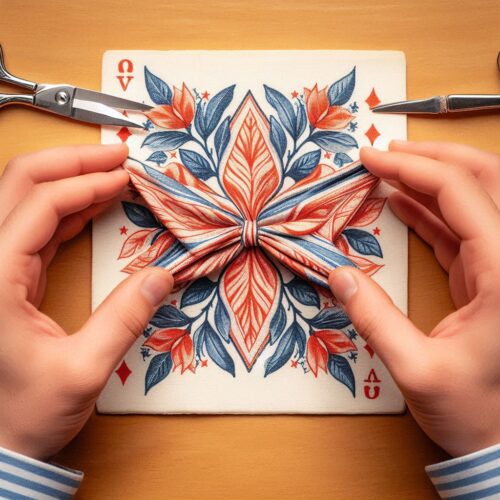The Floating Ball Trick An Illusion of Gravity Defiance. The “Floating Ball” trick creates a mesmerizing illusion where a small ball appears to float in mid-air, defying gravity. This captivating effect relies on clever use of dark thread and the principles of visual perception, making it an excellent addition to any magician’s repertoire.
The Floating Ball Trick An Illusion of Gravity Defiance
Table of Contents
- Effect Overview
- Materials Needed
- Setup for the Trick
- Step-by-Step Performance
- Tips for Enhanced Presentation
- Common Audience Questions and Answers
- Conclusion
1. Effect Overview
In this trick, a ping-pong ball seems to float and move between your hands, creating an enchanting visual that leaves the audience amazed. The secret lies in the use of a long, dark thread that is almost invisible under the right conditions, allowing the ball to roll along it while giving the illusion of levitation.
2. Materials Needed
- Ping-Pong Ball: Lightweight and easy to manipulate.
- Dark Thread: A long piece of fine, dark thread (like fishing line) that is nearly invisible against many backgrounds.
- Table: A flat surface to set up the illusion.
- Dark Clothing: Wearing dark attire helps conceal the thread from the audience.
3. Setup for the Trick
- Prepare the Thread: Set up a long loop of dark thread on the table, ensuring it is taut but not too tight. The loop should be long enough to allow your hands to move apart comfortably while keeping the ball balanced.
- Position the Ball: Place the ping-pong ball in the center of the loop when you’re ready to begin the performance.
4. Step-by-Step Performance
- Begin with a Presentation: Introduce the ball and the concept of levitation to your audience. Build anticipation for the effect.
- Position Your Hands: Put your thumbs through each end of the loop of thread, keeping your hands about shoulder-width apart.
- Lift and Stretch the Thread: Slowly raise your hands with the thread stretched taut between them. The ping-pong ball will appear to be floating in mid-air due to the hidden support of the thread.
- Create the Illusion of Movement: With practice, you can gently tilt your hands to roll the ball from one hand to the other. As the ball rolls along the thread, it will maintain the appearance of floating.
- Engage Your Audience: Use gestures and verbal cues to direct your audience’s attention, enhancing the illusion that the ball is truly defying gravity.
5. Tips for Enhanced Presentation
- Control the Environment: Perform in a well-lit area but avoid bright lights that may reflect off the thread. Ideally, a dimmer environment works best.
- Practice Hand Movements: Ensure smooth and controlled hand movements to prevent the thread from being accidentally revealed. Practice in front of a mirror to fine-tune your angles.
- Interact with the Audience: Ask audience members to guess how the trick works, keeping them engaged and invested in the performance.
6. Common Audience Questions and Answers
Q: Can I touch the ball while it’s floating?
It’s best to avoid touching the ball while it appears to float, as this may disrupt the illusion. Instead, keep your hands visibly away from the ball until the end of the performance.
Q: How far away can the audience be?
The effectiveness of the trick depends on the visibility of the thread. Ideally, keep a distance of at least a few feet between you and your audience, especially if you’re not in a controlled lighting environment.
Q: Is this trick suitable for all audiences?
Yes, the “Floating Ball” trick can be enjoyed by all ages, making it a versatile addition to various performances.
7. Conclusion
The “Floating Ball” trick offers a captivating illusion that leaves audiences spellbound as they witness a ball seemingly floating in mid-air. With the right setup and practice, this trick can become a highlight of your magic performances, showcasing the artistry of illusion and the skill of the magician. By mastering this trick, you will not only entertain your audience but also inspire wonder and amazement at the possibilities of magic.




